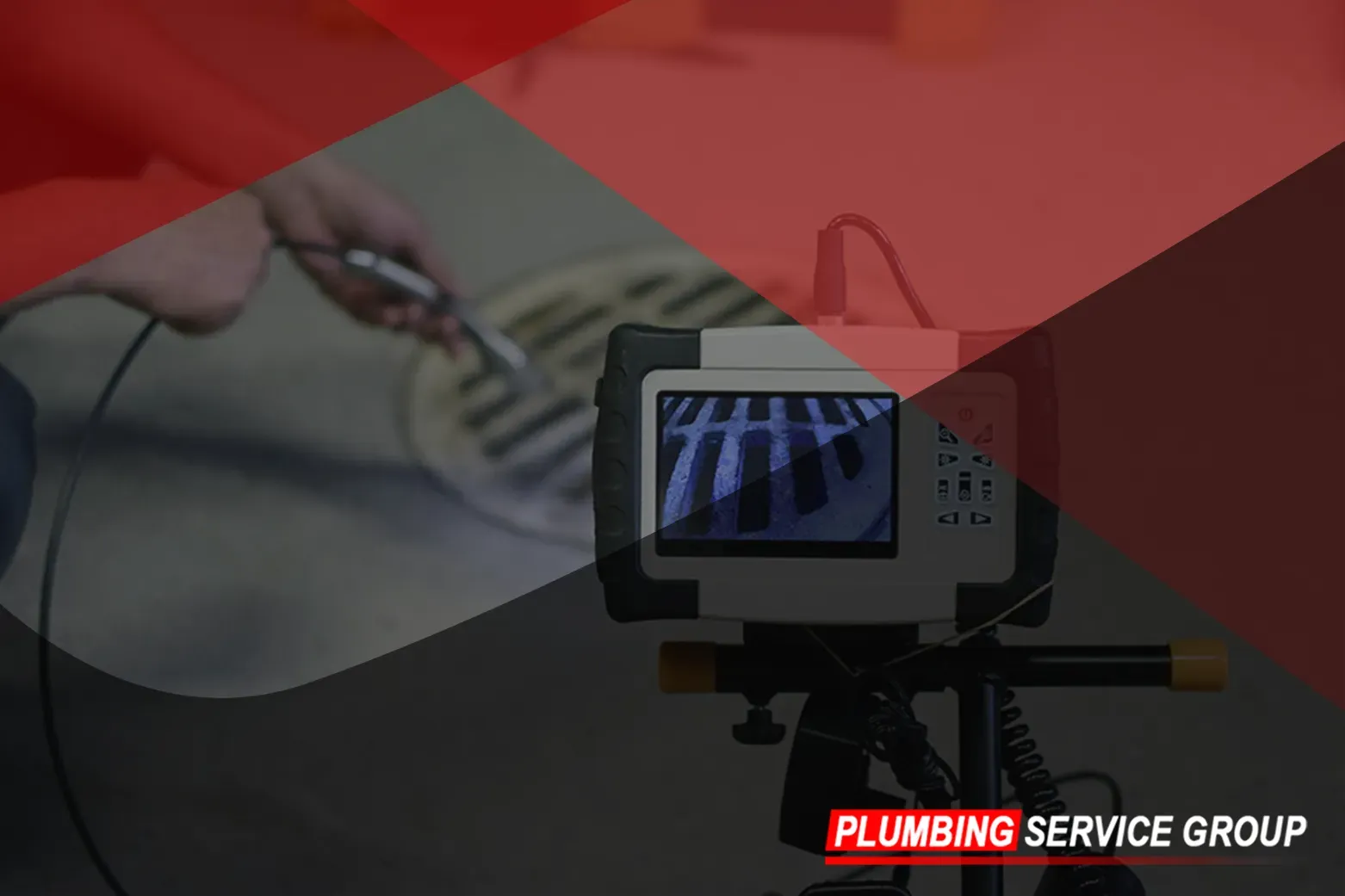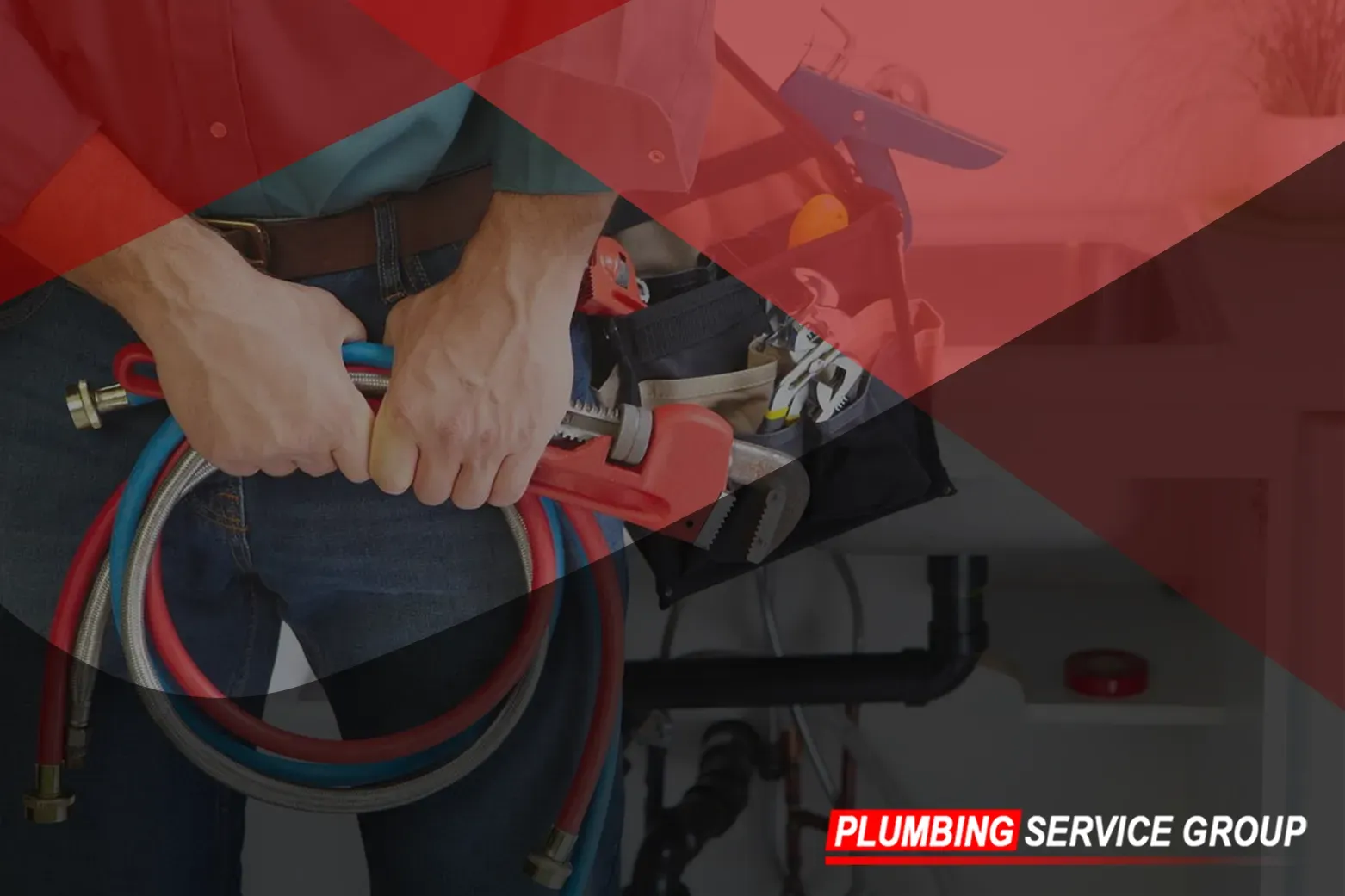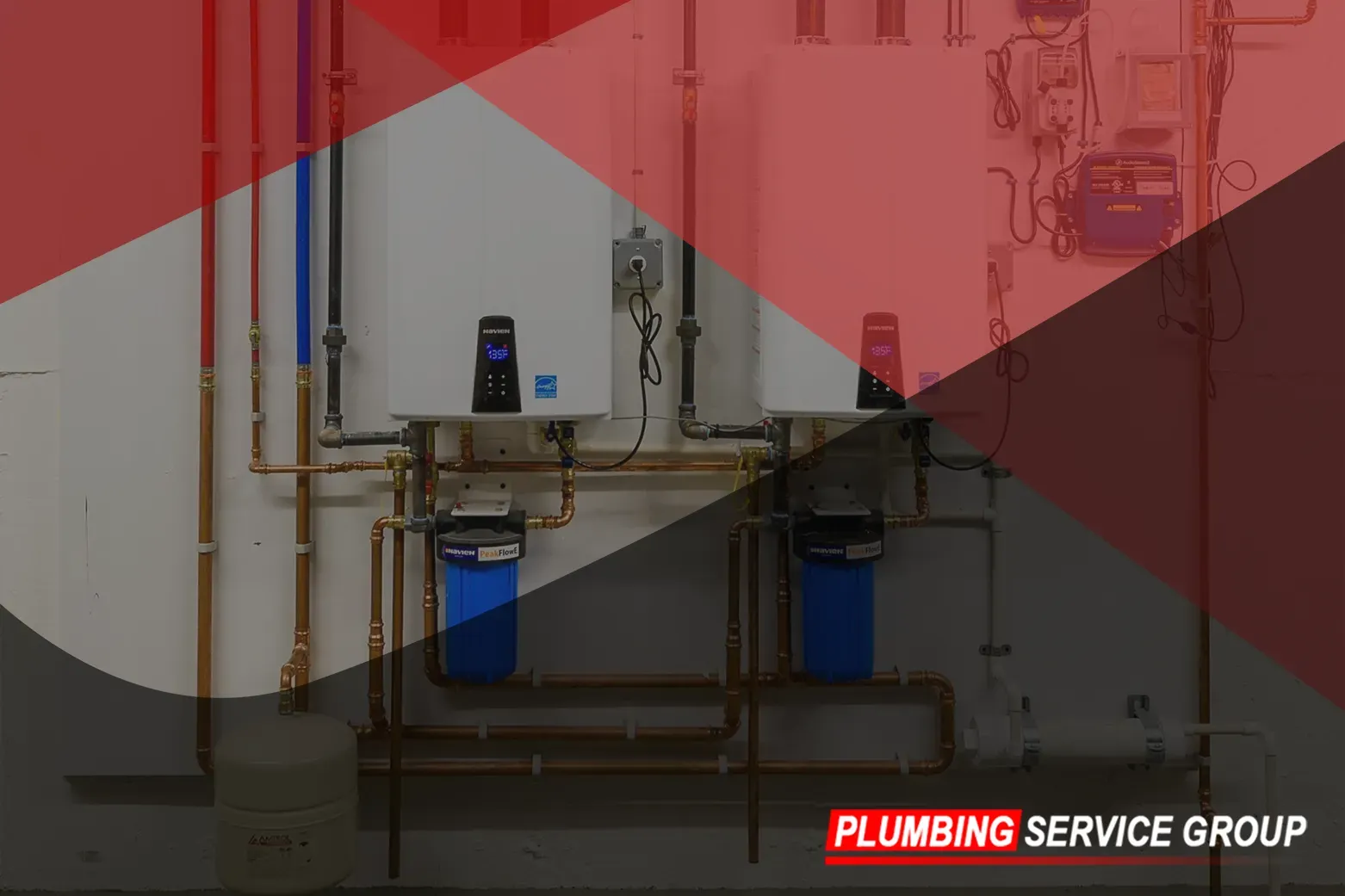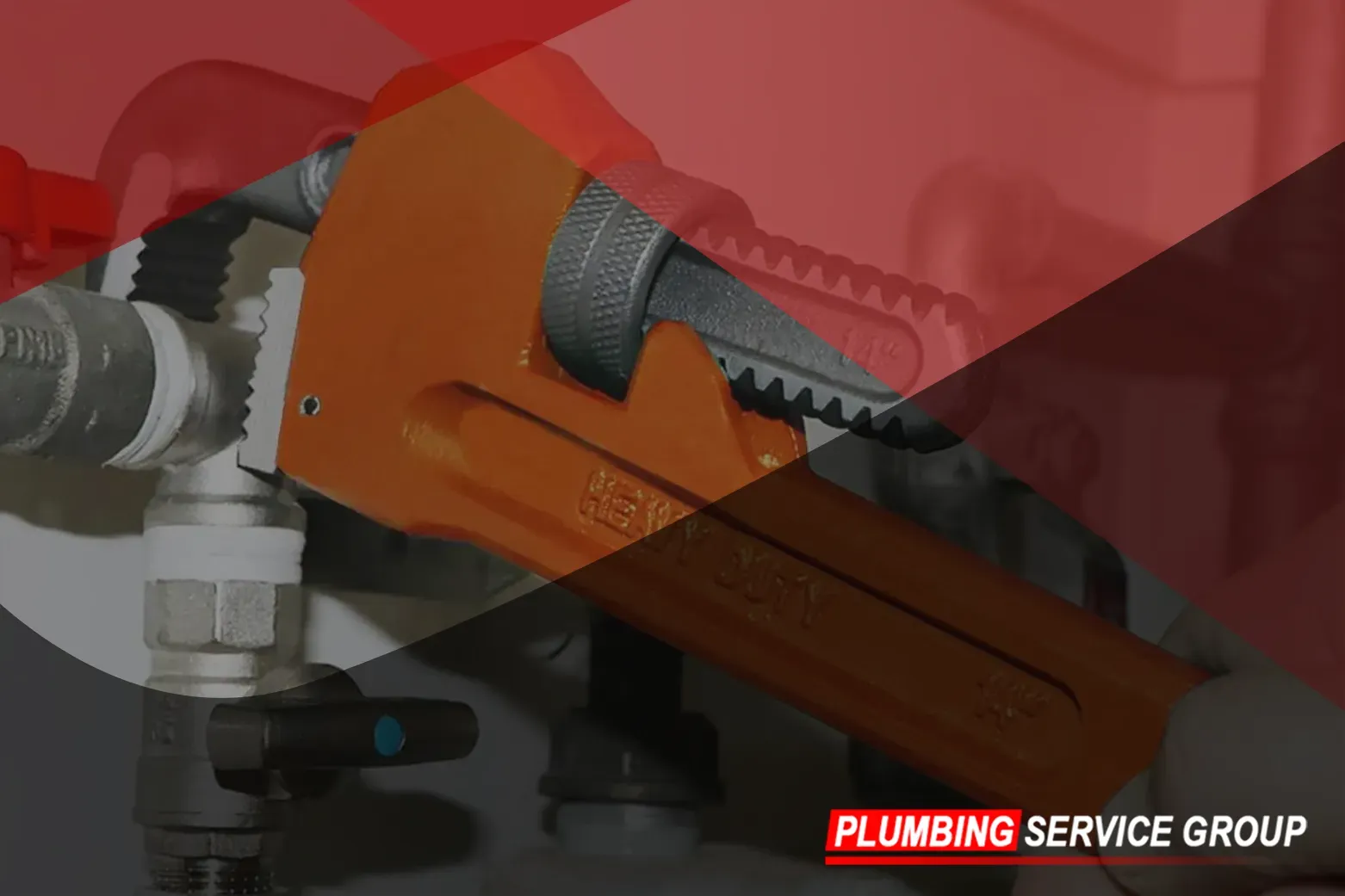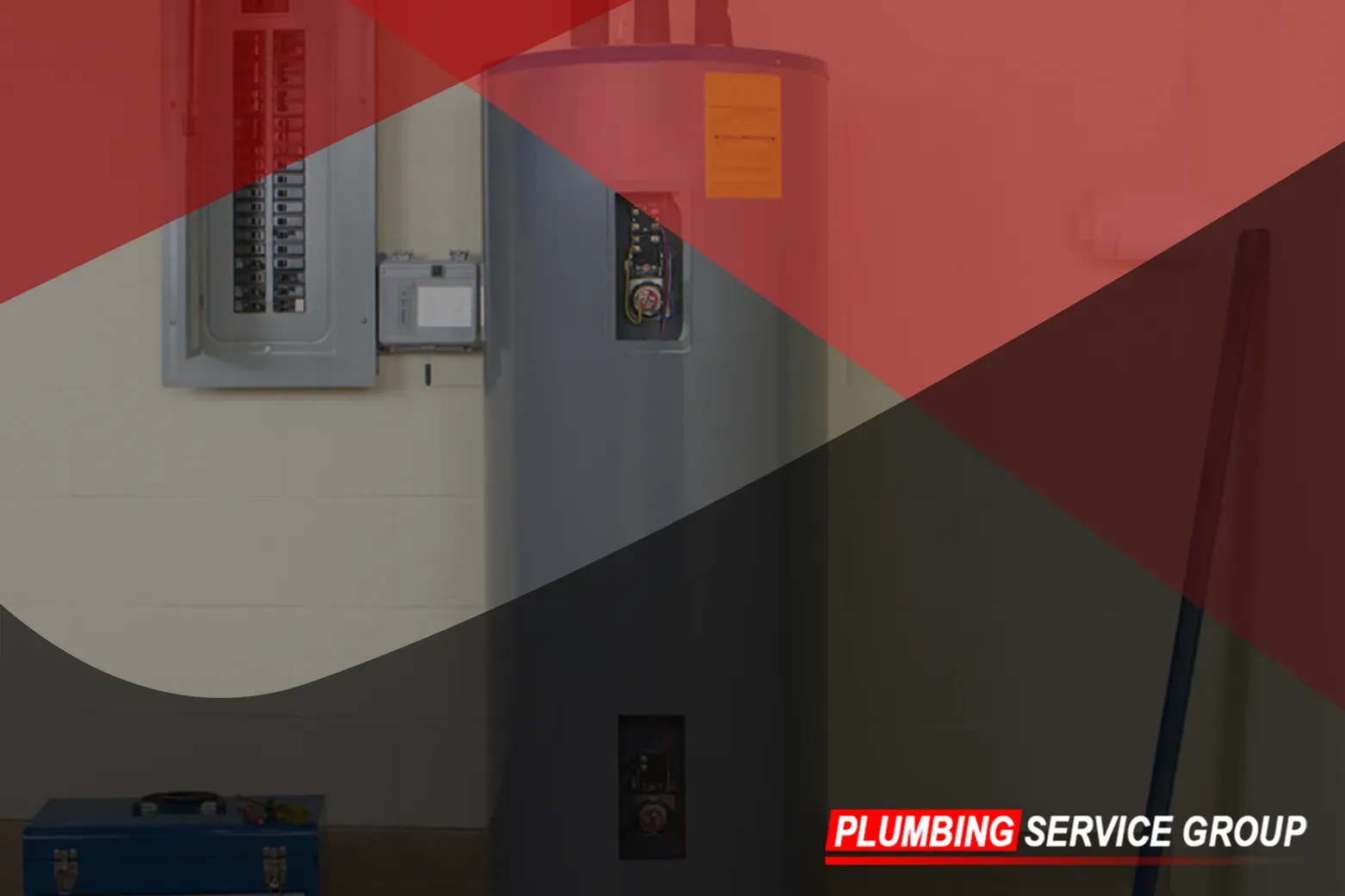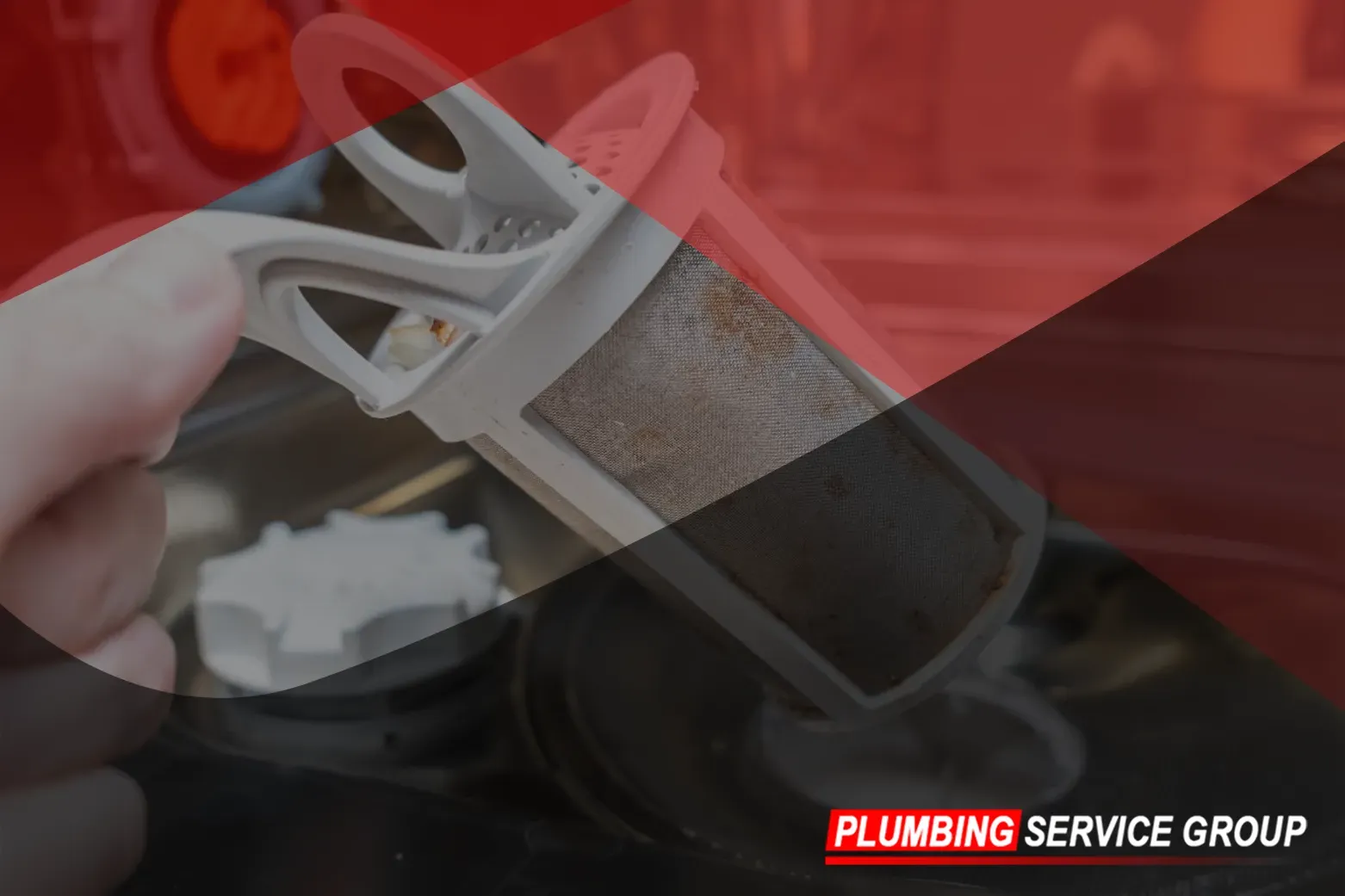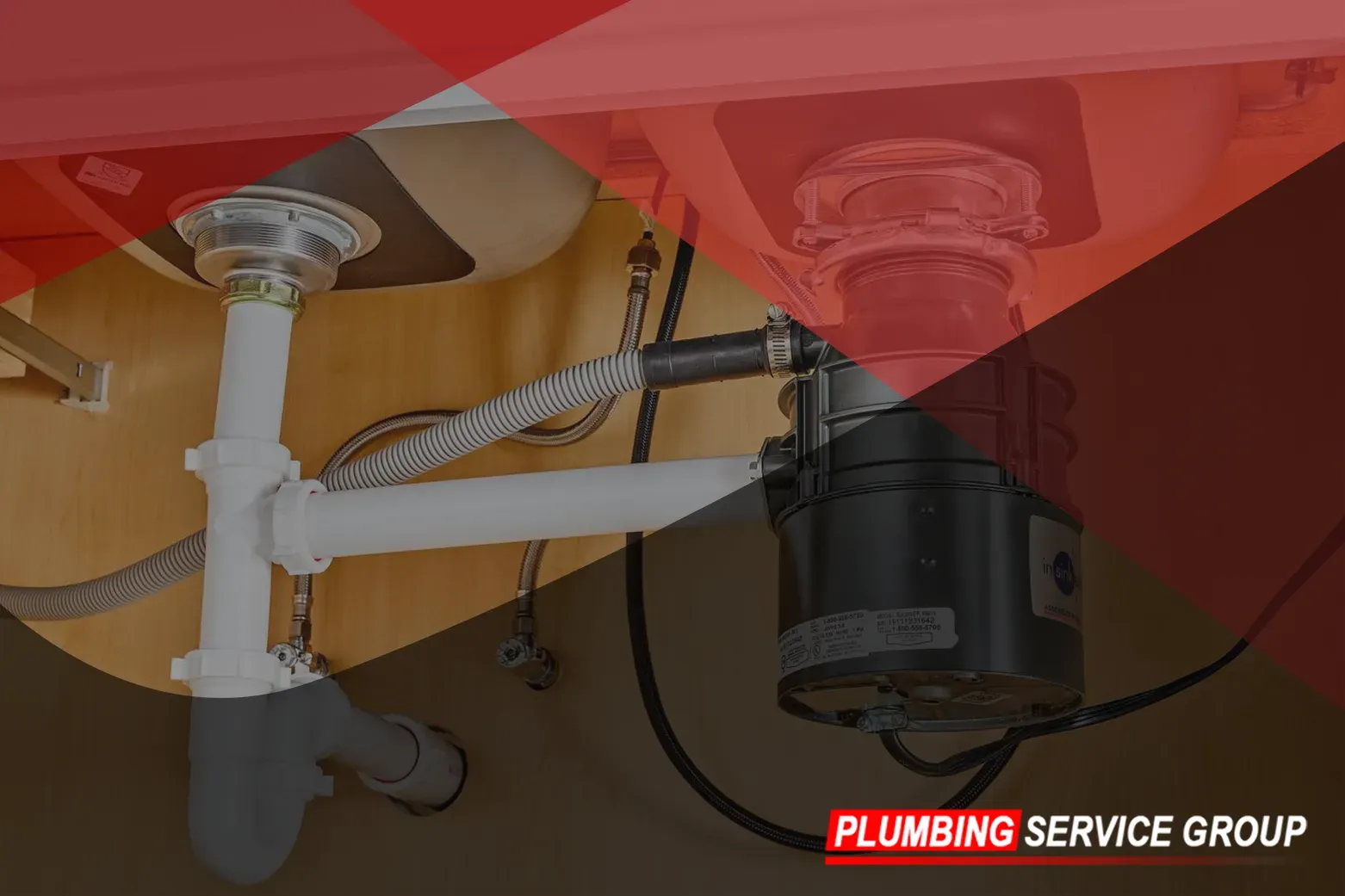Get in touch
555-555-5555
mymail@mailservice.com
How to Fix a Leaking Toilet? A Comprehensive Guide
Are you frustrated by the constant dripping of your toilet or the pooling water around its base? A leaking toilet not only wastes water but can also lead to costly water damage if left unattended. Fortunately, with the right knowledge and tools, fixing a leaking toilet is a manageable task that you can tackle on your own. In this guide, Plumbing Service Group will walk you through the steps to identify and resolve common causes of toilet leaks, helping you restore your toilet's functionality and prevent further water wastage.
Identifying the Problem
The initial and crucial step in addressing a leaking toilet is to pinpoint the source of the issue. Leaks can stem from various components within the toilet system, including the flapper valve, wax ring, connections, or even cracks in the tank or bowl. To accurately diagnose the problem, conduct a thorough inspection of the toilet.
1. Check the Flapper Valve:
Start by examining the flapper valve, which is responsible for controlling the flow of water from the tank to the bowl during flushing. A faulty or deteriorated flapper valve can lead to water seepage into the bowl between flushes. Look for signs of wear or damage on the flapper valve, such as cracks or deformities. Additionally, observe if the flapper is properly sealing the flush valve opening. A flapper that doesn't seal tightly can result in continuous water leakage.
2. Assess the Wax Ring:
Another common culprit of toilet leaks is a worn-out or compromised wax ring. The wax ring creates a watertight seal between the base of the toilet and the flange on the floor. Over time, the wax ring may degrade, allowing water to escape and accumulate around the base of the toilet. Inspect the area around the base of the toilet for any signs of water pooling or discoloration, indicating a potential wax ring leak.
3. Examine Connections:
Loose or improperly connected components within the toilet system can also contribute to leaks. Check all connections, including those between the tank and bowl, as well as the water supply line and bolts securing the tank to the bowl. Tighten any loose nuts or bolts using a wrench to ensure a secure and leak-free connection.
4. Inspect for Cracks:
Inspect the tank and bowl for any visible cracks or fractures that may be causing water to leak. Cracks can develop over time due to factors such as age, corrosion, or impact damage. Even hairline cracks can lead to significant water loss over time. Carefully examine the exterior and interior surfaces of the tank and bowl for any signs of damage.
5. Listen for Signs:
In addition to visual inspection, pay attention to any audible cues that may indicate a leak. Hissing or running water sounds, particularly when the toilet is not in use, can signify a leaky flapper valve or fill valve. These sounds indicate that water is continuously flowing into the tank, which can result in wasted water and higher utility bills.
By meticulously examining these key areas and listening for telltale signs, you can effectively identify the source of the leak and proceed with the appropriate repairs to restore your toilet's integrity and functionality.
Repairing a Leaking Toilet
Once the source of the leak is identified, it's crucial to proceed with the necessary repairs promptly. Here's a detailed guide on how to fix some of the most common types of toilet leaks:
1. Replacing the Flapper Valve:
If water is continuously leaking from the tank into the bowl, a worn-out or defective flapper valve may be to blame. Begin by turning off the water supply to the toilet and flushing to drain the tank. Remove the old flapper valve by unhooking it from the flush lever and chain. Install a new flapper valve according to the manufacturer's instructions, ensuring a proper and snug fit. Test the flush to ensure that the flapper valve seals tightly against the flush valve opening.
2. Repairing the Fill Valve:
If the toilet continues to run after flushing, the fill valve may malfunction, leading to an overflow situation. To address this issue, adjust the float arm to control the water level in the tank. If adjustment doesn't resolve the problem, consider replacing the fill valve entirely. Turn off the water supply, disconnect the water line from the fill valve, and install a new fill valve following the manufacturer's guidelines. Once installed, adjust the float to achieve the desired water level in the tank.
3. Replacing the Wax Ring:
A leak around the base of the toilet typically indicates a faulty wax ring, which creates a seal between the toilet and the floor flange. Start by turning off the water supply to the toilet and flushing to drain the tank. Disconnect the water supply line and loosen the bolts securing the toilet to the floor. Carefully lift the toilet off the flange and set it aside. Remove the old wax ring from the flange and clean the area thoroughly. Install a new wax ring onto the flange, ensuring a tight seal. Carefully lower the toilet back onto the flange and reattach the bolts and water supply line.
4. Tightening Loose Connections:
Inspect all connections between the tank and bowl, as well as around the water supply line and bolts securing the tank to the bowl. Use a wrench to tighten any loose nuts or bolts, ensuring a secure and watertight seal. Additionally, check the connection between the water supply line and the fill valve, tightening it if necessary to prevent leaks.
By following these step-by-step instructions, you can effectively repair a leaking toilet and restore its proper function, preventing water wastage and potential damage to your home.
Preventative Maintenance
To avoid future toilet leaks, it's essential to perform regular maintenance and inspections. Check for leaks and signs of wear periodically, replace worn-out parts promptly, and avoid flushing foreign objects or excessive toilet paper down the drain. Additionally, consider installing a leak detection device or water-saving toilet to minimize the risk of leaks and conserve water.
By following these steps and tips from Plumbing Service Group, you can effectively fix a leaking toilet and prevent water wastage and damage to your home. If you encounter any challenges or need professional assistance, don't hesitate to contact Plumbing Service Group for
expert bathroom plumbing solutions.
Office
Email us
Call us
All Rights Reserved | Plumbing Service Group

